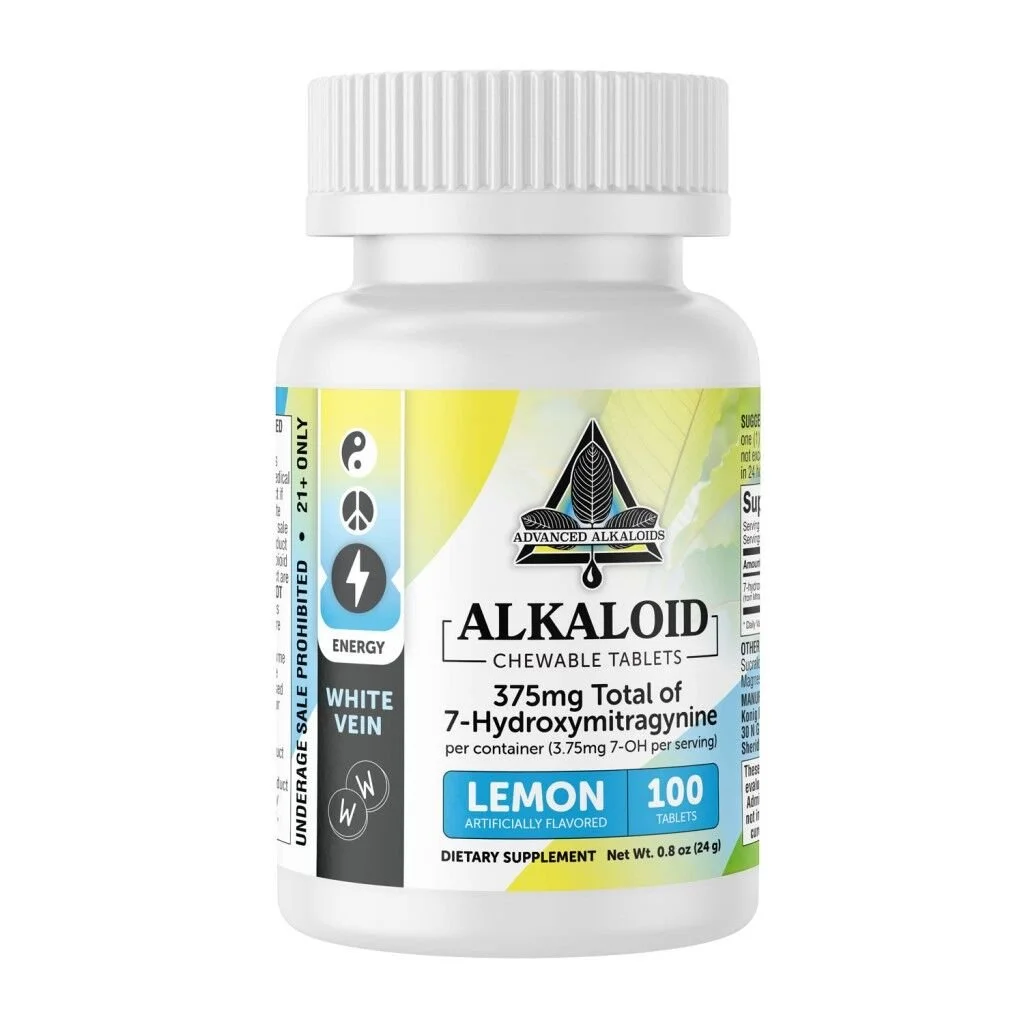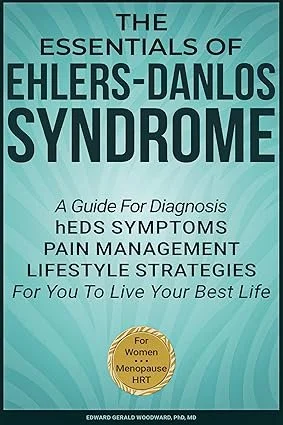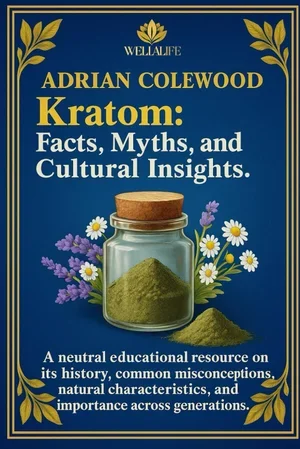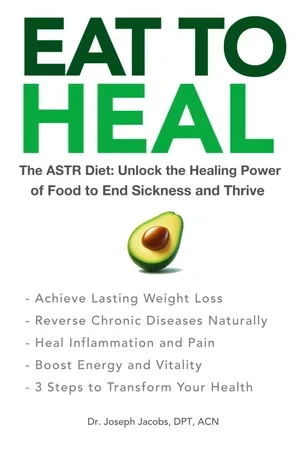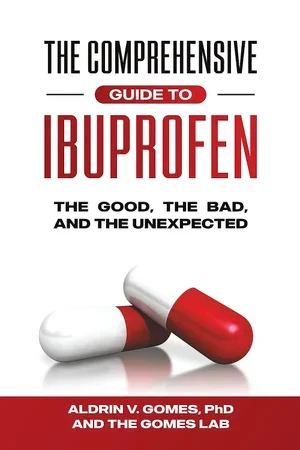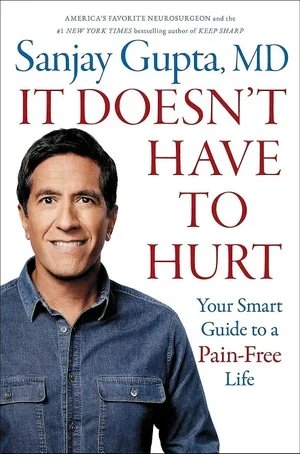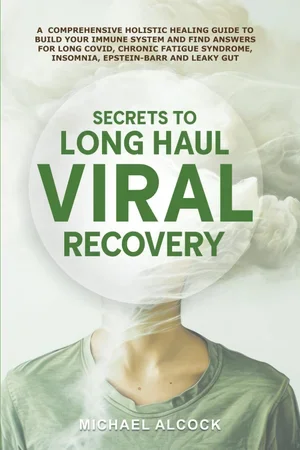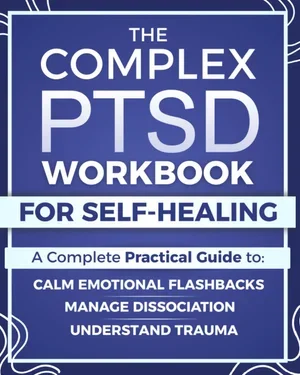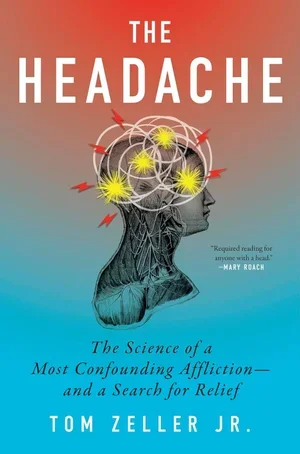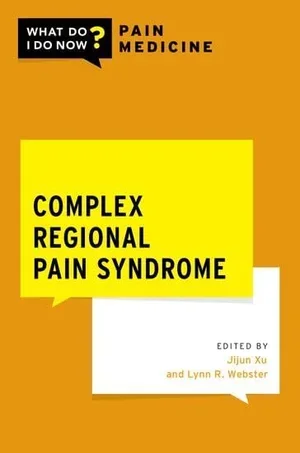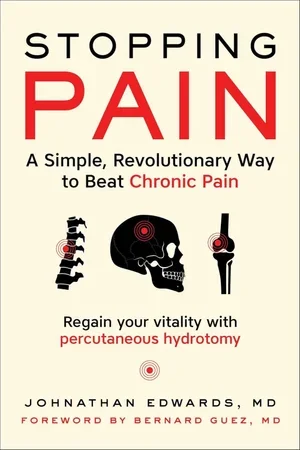By Pat Anson
The FDA’s latest campaign against kratom has reignited a wave of sensational claims in the media about the herbal supplement and its potential for addiction.
“A new emergency is quietly growing in the United States,” warns La Voce di New York, with an ominous but corny headline that calls kratom a new “Hippie Drug” disguised as an alternative to coffee.
“However, the preparation hides a high potential for addiction, with symptoms and withdrawal crises very similar to those caused by the most dangerous opioids.”
USA Today said it spoke with over 20 people who became “severely addicted” to kratom. One of them was Kim Maloney, a 49-year-old Ohio mother, who lost her car, home and marriage when her kratom use spun out of control. She believes it would have killed her, had she not gone into rehab.
"My eyes were rolling in the back of my head. I couldn't walk straight. I didn't leave my couch for months. I had pancreatitis. I had shingles. I was sick. I mean, I was really sick,” Maloney said.
Other news outlets are calling kratom “gas station heroin” and “legal morphine,” taking their cue from FDA Commissioner Marty Makary, MD, who recently announced plans to have a kratom alkaloid called 7-hydroxymitragynine (7-OH) classified as a Schedule One controlled substance --- the same category as heroin and LSD.
“7-OH is an opioid that can be more potent than morphine. We need regulation and public education to prevent another wave of the opioid epidemic,” said Makary.
‘Replacing One Addiction with Another’
The FDA’s renewed interest in kratom — and 7-OH in particular — apparently stems from a growing number of social media posts about it being addictive. A Reddit page created last year for people trying to quit 7-OH has over 4,000 members.
“You will have a passionate love affair with 7OH before it shows its true colors,” warns one former user. “Like many, I was a recovered kratom user before trying 7OH. And for the better part of a year, it felt like 7OH was a miracle drug that fixed all the negative side-effects of plain leaf kratom. IT'S NOT.”
Nicholas Campana, a recovering addict and YouTube influencer who goes by the name "Goblin," posted a video a few months ago calling 7-OH the “most dangerous drug in the smoke shop.”
“While kratom is a legitimate step down from opiates, in my opinion this is replacing one addiction with another,” Campana said in the video, which has been viewed over 700,000 times. "7-OH is the latest smoke shop craze. It’s not like the other ones, because this a very, very addictive opioid.”
For the record, neither kratom or 7-OH are opioids. They do not come from poppies. Kratom leaves come from Mitragyna speciosa, a tropical tree native to southeast Asia that belongs to the same botanical family as coffee.
Kratom does have opioid-like effects, however, and 7-OH is one of its active ingredients. In its natural state, only trace amounts of 7-OH are present in kratom. But some kratom vendors are selling gummies, drinks and tablets with concentrated synthetic versions of 7-OH to boost their potency.
‘Works as Well as Oxycodone’
According to one study, as many as two million Americans use kratom. Most take it for pain relief or as an energy booster, and have only been exposed to unadulterated kratom leaf products. Some chronic pain sufferers have tried 7-OH and found it just as effective as prescription opioids.
One of them is Emil, who suffers from chronic pancreatitis. Like many other pain patients, Emil has faced frustrating delays getting his opioid prescriptions filled. He asked that we not use his last name.
“I have had good experiences with 7-OH, using it primarily when I am waiting for a new prescription from my doctor since that can take over a week from the time I request it to getting it filled by the pharmacy, sometimes even longer,” Emil told PNN. ““It does not seem to cause the tiredness and aloofness, for lack of a better word, that prescription painkillers can cause and I feel like I am able to focus better, with less of the unpleasant side effects of painkillers such as nausea, dry mouth, etc.
“I am prescribed oxycodone for pain and while it is somewhat effective in combination with ibuprofen in treating my pain, it is a constant struggle to keep my pain under control. I would say that 7-OH works just about as well as oxycodone in controlling the pain, but definitely with less unpleasant side effects and really no so-called withdrawal symptoms or cravings, at least for me, as some people report with prescription painkillers. I truly do not understand why they are trying to ban it outright as a Schedule I substance with no medical use.”
The FDA has offered surprisingly little evidence about the harmful effects of 7-OH or why it is again trying to classify it as a Schedule One controlled substance. The FDA’s Adverse Event Reporting System has recorded only 15 cases involving 7-OH, two of them deaths, but because of “ambiguity about the contributory role of 7-OH” — which suggests other drugs were involved — the agency is downplaying the significance of those cases.
“This raises serious questions about the evidentiary basis for such a significant regulatory action,” Jeff Smith, PhD, national policy director for the Holistic Alternative Recovery Trust, wrote in an op/ed published in Medical Economics. “More research is needed to fully assess 7-OH’s risks, including its potential for misuse, dependence or drug-drug interactions. But they do not support the claim that 7-OH is an imminent threat to public health.
“To be clear, 7-OH is a potent compound. But potency alone does not justify prohibition. Alcohol, benzodiazepines and prescription opioids are far more dangerous and remain legally available under strict regulation. The proper response to uncertainty is research and oversight: not bans.”
‘Embarassing FDA Mistakes’
Kratom supporters and those who want access to 7-OH can take comfort in the FDA’s failure to get kratom banned in previous attempts.
In 2016, the Drug Enforcement Administration – acting at the request of the FDA – tried to classify 7-OH and the kratom alkaloid mitragynine as Schedule One drugs, only to drop those efforts after a public outcry. A top federal health official later said the FDA withdrew its scheduling request because of “embarrassingly poor evidence & data.”
In 2024, the FDA made another preliminary attempt at regulating kratom, publishing a notice in the Federal Register seeking public comment on a proposed survey of kratom users to evaluate 7-OH and mitragynine for potential harms. Ten days later, the FDA abruptly withdrew its study plans, citing unexplained “circumstances necessitating changes.”
Kratom advocates at the time said the FDA’s withdrawal of the study notice was the “latest embarrassing mistake” the agency made about kratom.
“The FDA’s few anti-kratom staff are repeatedly undermining the Agency’s credibility on harm reduction strategies,” said Mac Haddow, Senior Fellow on Public Policy at the American Kratom Association (AKA), an association of kratom vendors. “The FDA remains trapped in the web of their own making that unfairly demonizes products like kratom.”
The AKA has since changed its tune, and is now applauding the FDA for its “decisive and science-driven recommendation to classify 7-hydroxymitragynine (7-OH) as a Schedule I substance.”
“These 7-OH products are not kratom. They are chemically altered substances that carry potent opioid-like effects and pose an imminent threat to consumers,” Haddow said in a new statement.
It’s up to the DEA to decide if 7-OH should be classified as a controlled substance. If it does, the DEA must then publish a notice in the Federal Register, take public comments and reevaluate the evidence, a rulemaking process that could take months or even years. Until then, 7-OH can legally remain on the market under federal law as an unregulated dietary supplement, as long as no medical claims are made about it.
(Update 8/13/25: Florida isn’t waiting for the DEA or FDA to act. Florida Attorney General James Uthmeier has filed an emergency rule classifying concentrated forms of 7-OH as a Schedule One controlled substance in Florida. The rule makes it illegal to sell, possess or distribute concentrated forms of 7-OH in the state, calling them “an immediate and imminent hazard to the public health, safety, and welfare.”)

